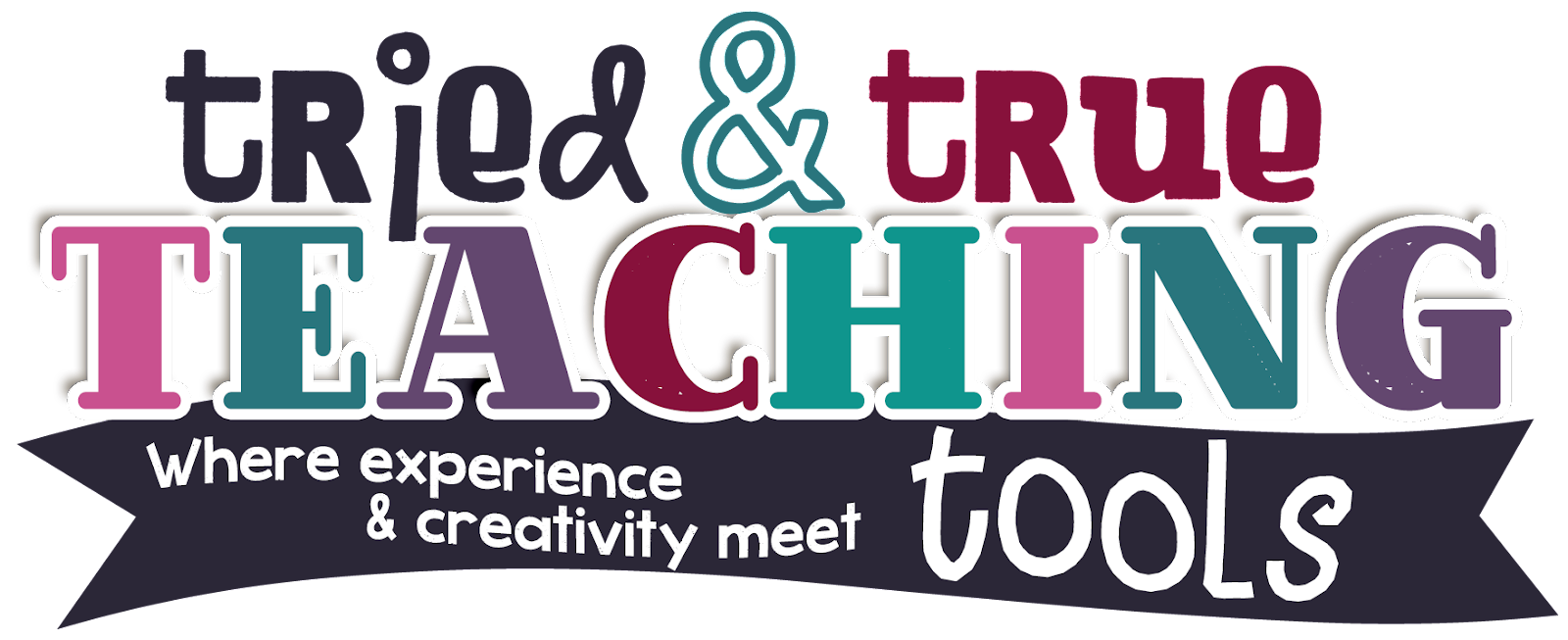According to Shannon Maglente: Who may identify as Pacific Islander?
It helps to look at Pacific Islander countries' geographic location. Pacific Islanders are people whose origins belong to Polynesia, Micronesia, and Melanesia. This classification includes (but is not limited to) Native Hawaiian, Samoan, Tahitian, Guamanian, Fijian and Papua New Guinean people.
It helps to look at Pacific Islander countries' geographic location. Pacific Islanders are people whose origins belong to Polynesia, Micronesia, and Melanesia. This classification includes (but is not limited to) Native Hawaiian, Samoan, Tahitian, Guamanian, Fijian and Papua New Guinean people.
Who may identify as Asian?
Today, the U.S. Census Bureau classifies Asians as "having origins in any of the original peoples of the Far East, Southeast Asia, or the Indian subcontinent," including (but not limited to) China, Japan, Thailand, Malaysia, Korea, India, Cambodia, Vietnam or the Philippines.
Today, the U.S. Census Bureau classifies Asians as "having origins in any of the original peoples of the Far East, Southeast Asia, or the Indian subcontinent," including (but not limited to) China, Japan, Thailand, Malaysia, Korea, India, Cambodia, Vietnam or the Philippines.
Given these stats, we have had or will have AAPI students in our classes. Not only do these students need to see themselves in books and in the curriculum, but my non-AAPI students need to be introduced to the roles and contributions of AAPI and understand their history. (More blog posts on this to follow!)
With Asian hate crimes on the rise and anti-Asian sentiment in the news, this is the perfect time to learn about contribution of AAPI. Students chose a person in an area of interest. A list of AAPI organized by careers is HERE. They researched facts about their person and took notes in a step book. Click on the image below for directions for making a step book or click HERE.
With Asian hate crimes on the rise and anti-Asian sentiment in the news, this is the perfect time to learn about contribution of AAPI. Students chose a person in an area of interest. A list of AAPI organized by careers is HERE. They researched facts about their person and took notes in a step book. Click on the image below for directions for making a step book or click HERE.
After using multiple sources, they wrote a rough draft of their speech (written in first person) and made a poster, highlighting their contributions. In pre-Covid times, we used to have a Living History Museum (think wax figures come to life, but less creepy) and invited families and the rest of the school. Students were spread out throughout the MPR in exhibits with their poster and when guests would come up to each student, they spoke in first person, wearing costume and with props. However, no visitors are allowed on campus these days and I was afraid we would not be able to hear or understand their speech while wearing a mask. So students filmed their presentation at home using Flipgrid (sans masks) and we shared the link with families to view. They also presented live in front of the class, masks and all and they were fabulous!
Did you know (from top left to right):
- Kim Ng is the first Asian American and the first female general manager in the MLB (Miami Marlins) and the highest-ranking female baseball executive?
- Wataru Misaka was a 5-foot-7 Japanese-American who in 1947 became the first non-white player drafted in the Basketball Association of America, or BAA, the precursor to the NBA? (even before the first African American player, Earl Lloyd in 1950!)
- Sammy Lee was not only a doctor and served in the US army, but he was the first Asian-American to win an Olympic gold medal for the United States in 1948?
Did you know (from bottom left to right):
- Ruth Asawa is a sculptor who learned art while in a Japanese internment camp and founded the Ruth Asawa San Francisco School of the Arts, a public high school?
- Bruno Mars is not only a talented performer, but he donates millions to charities such as DoSomething.org, Global Poverty Project, Red Cross, Save the Children, and The Rainforest Foundation?
- Ellison Onizuka was the first Asian American in space? He was an engineer and astronaut on the Space Shuttle Challenger when it exploded in 1986.
Those six were just a sampling of the many biographies we learned about. My students said, "This was the best project ever! Usually we only learn about Martin Luther King, Rosa Parks, and Harriet Tubman." Hmmm. . . that is true. Although those three were influential leaders in history, there are so many more people who have contributed to society. We do not only focus on certain ethnicities or cultures during their recognized month, but I try very hard to incorporate diversity in all our books and curriculum throughout the school year. If you are interested in this AAPI Biography Oral Report, you can make a editable copy of the packet HERE.
Check out the blogs below for more great teaching ideas!






"Wanting to be politically correct (and less ignorant)" is a great and inspirational reason for any lesson planning! Another amazing lesson from your heart and from your classroom!
ReplyDeleteAwww, thanks, Retta! I always share with my students that I'm constantly learning, too!
DeleteI love this post! What a great idea for celebrating Asian American and Pacific Islander month! Your pictures of your students in front of their biographies are adorable (masks and all)!
ReplyDeleteThanks, Michelle! The kids loved learning about their chosen person, then speaking as them!
DeleteGreat ideas for much of our country that knows very little about this culture. Including photos of your students makes this post even better!
ReplyDelete